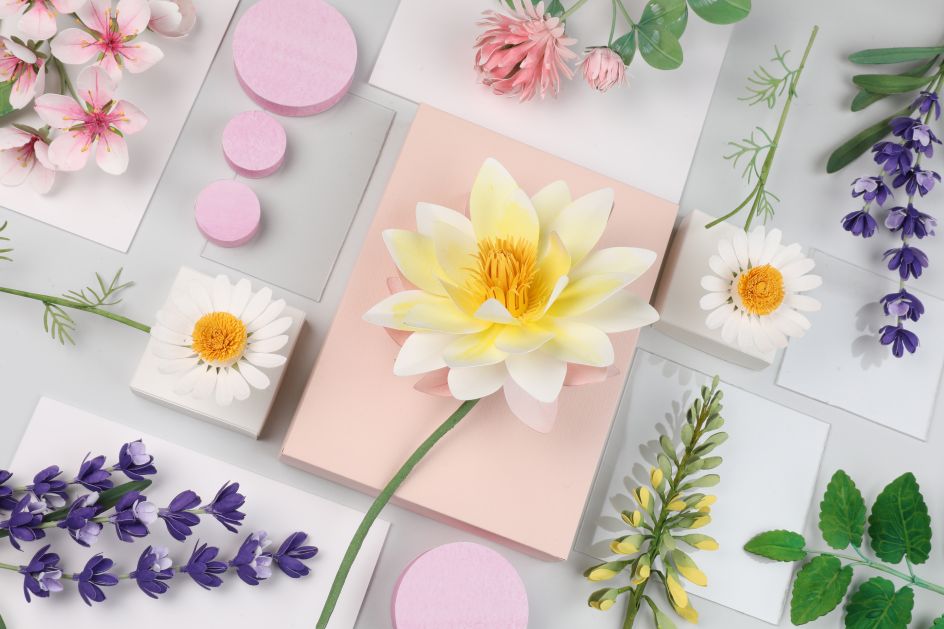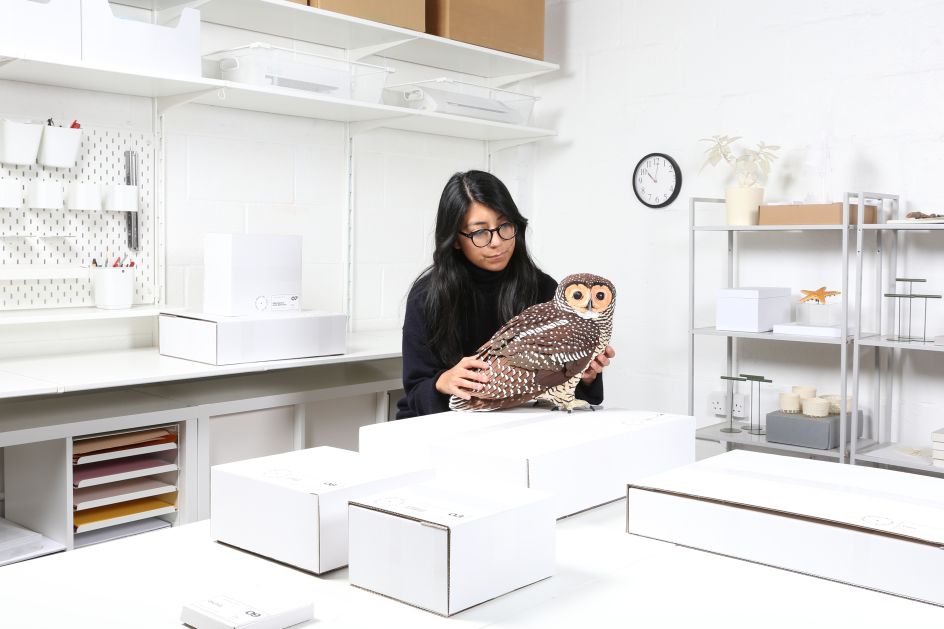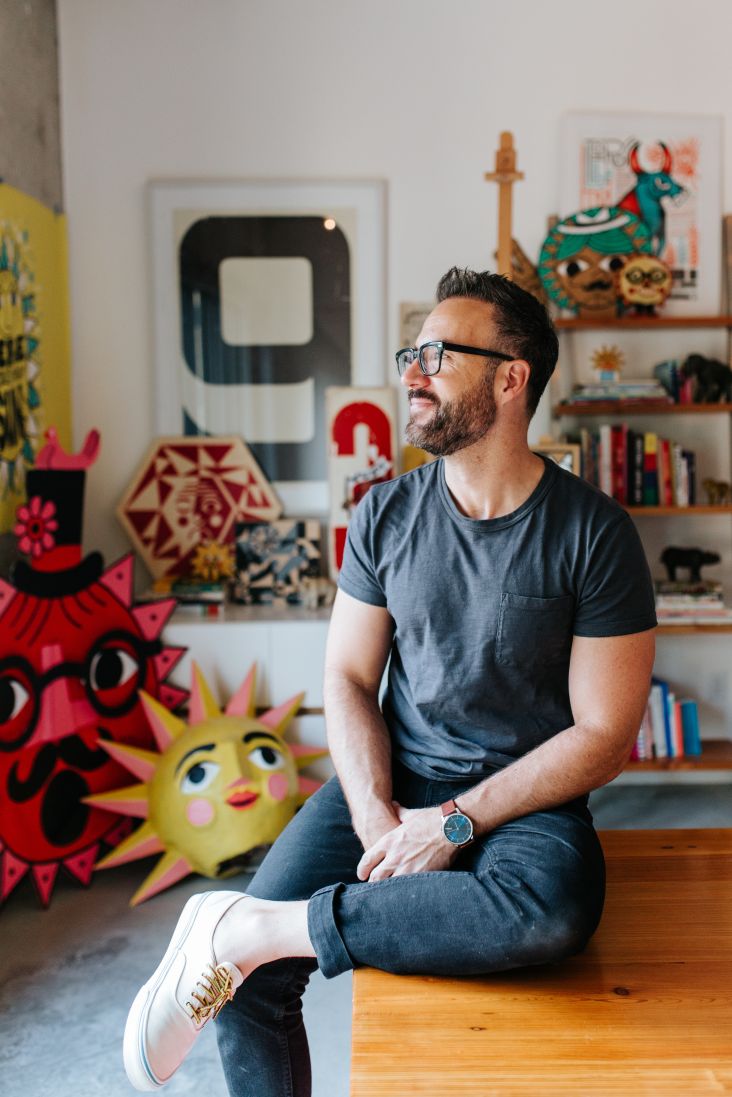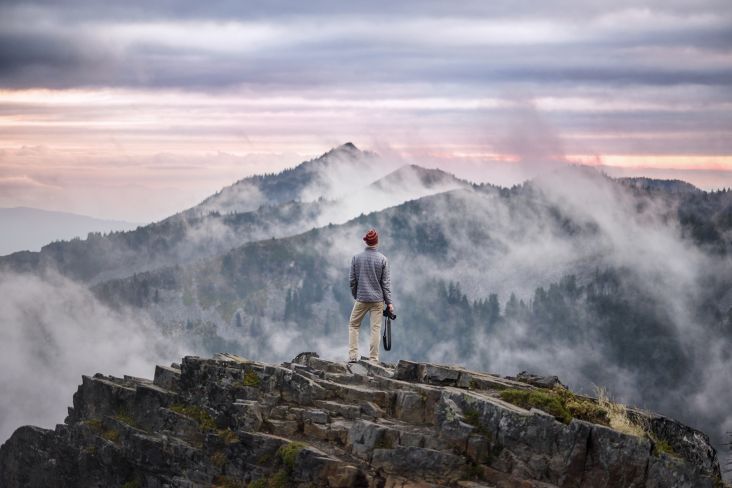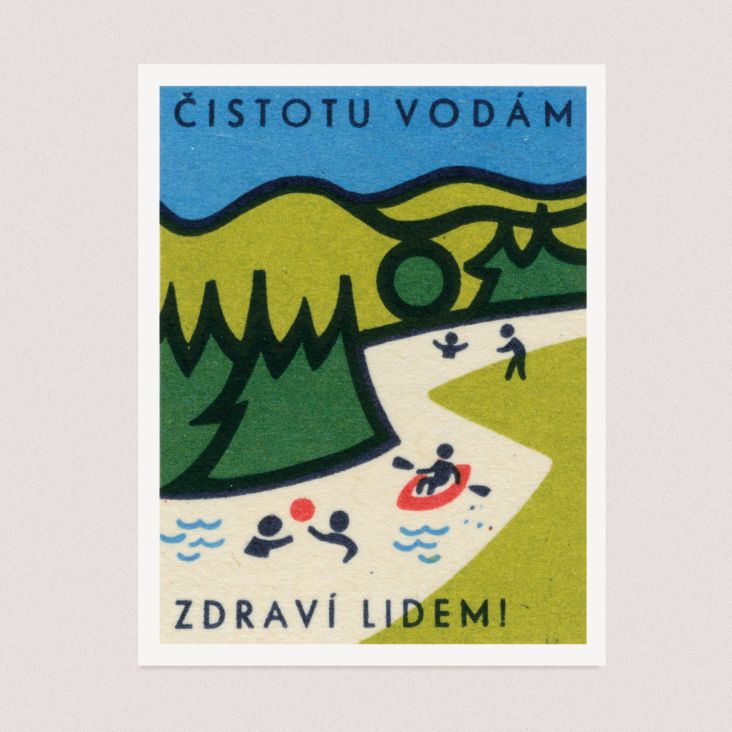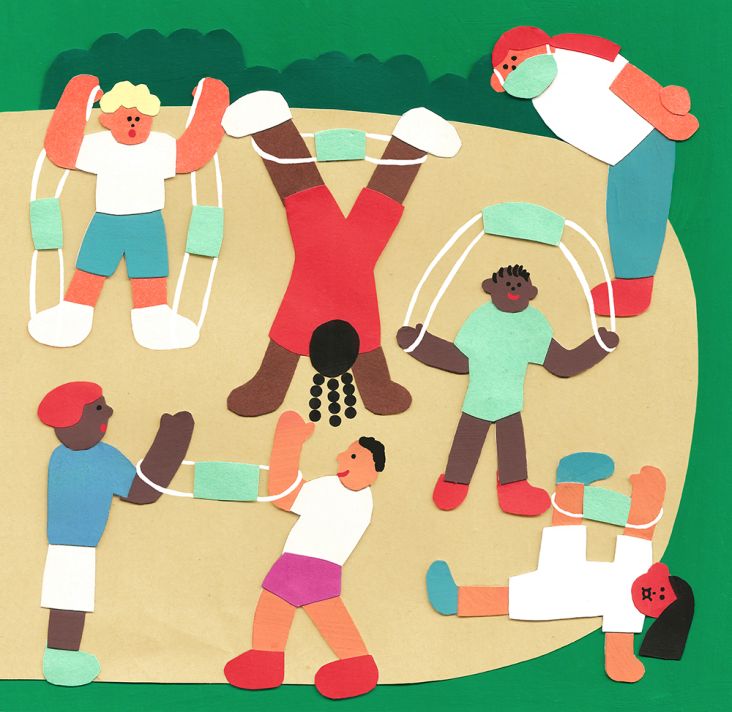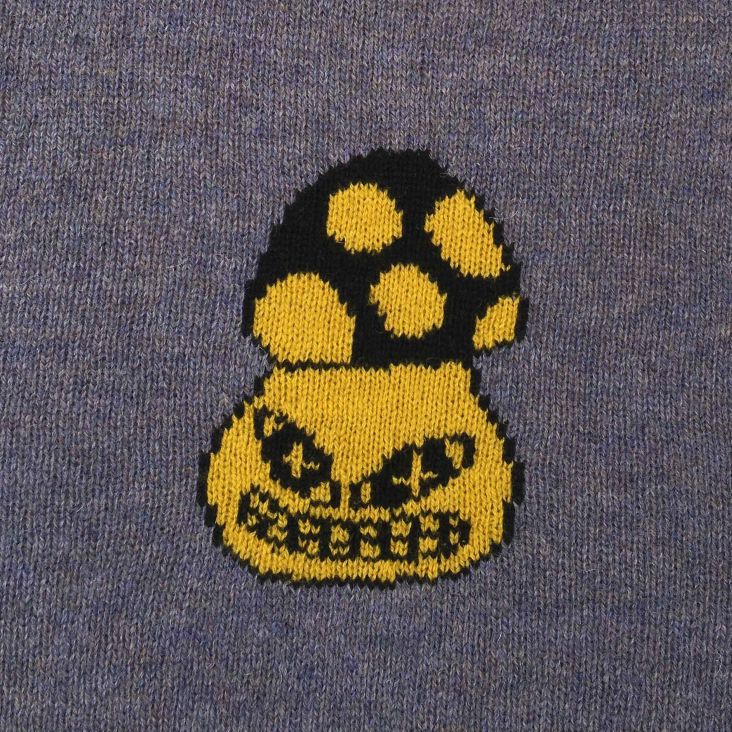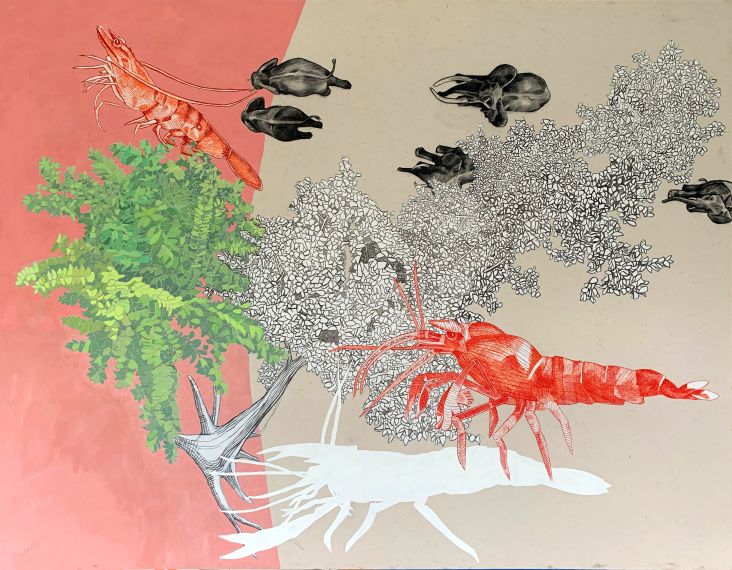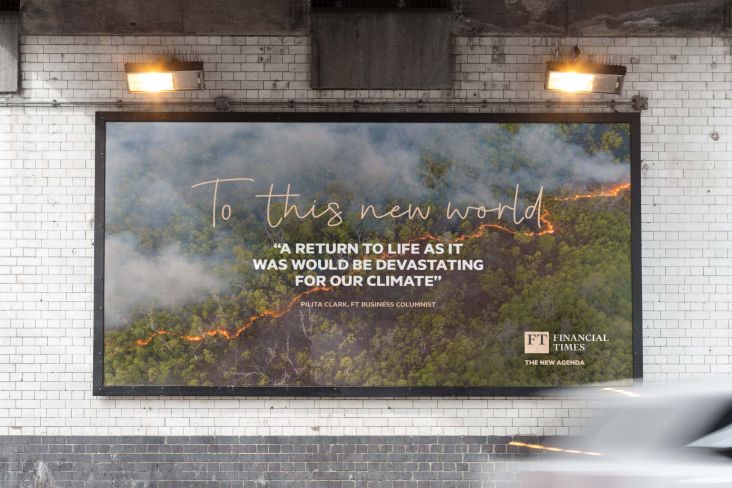Incredible paper sculptures by Diana Beltran Herrera continue her love of nature
It's been a while since we caught up with Diana Beltran Herrera, a designer and artist from Colombia based in Bristol. Her delicate paper sculptures are a display of vibrant colours, textures, and compositions that highlight beauty and fragility with great attention to detail.
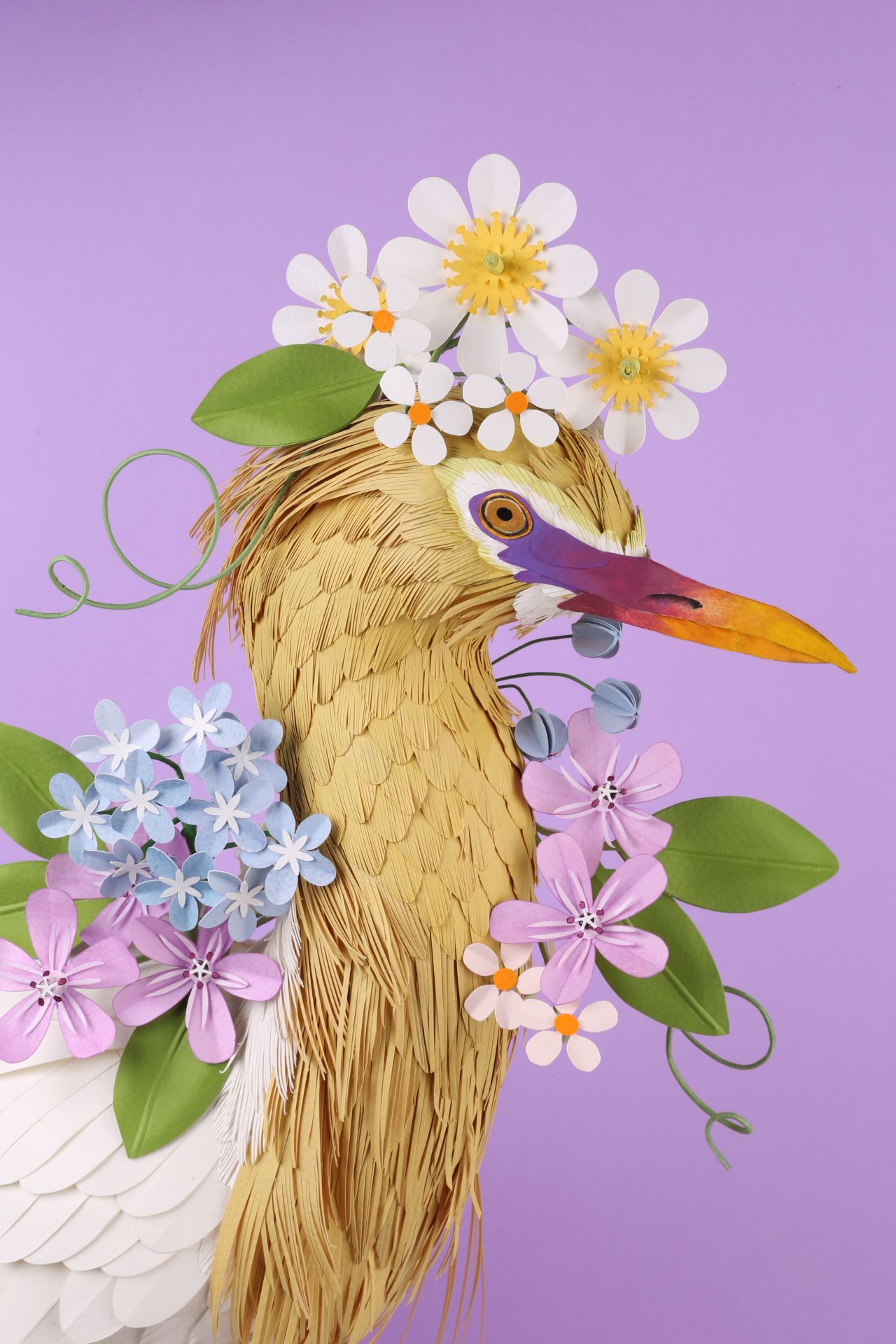
Herrera's work has been exhibited around Europe, Asia, and America. Represented by Closer&Closer, her clients include Disney, Vogue, Harper Collins NY, Green Peace, Singapore Children's Museum, and many more.
From book covers and album sleeves to set design and editorial, Herrera is commissioned to create all manner of intricate objects and paper sculptures. For instance, for James Canton's The Oak Papers, she recreated a tree stump and its rings out of paper. And for The Telegraph's Stella magazine, she made a paper island for the publication.
A few years back, we featured her Bird Stamps, a personal project that helped to launch her career. We wanted to find out more about what she's been up to lately.
What is it about working with paper that you love so much?
I think it is because it's easy to transform. As an industrial designer, I was exposed to many different mediums while I was studying. Most of them were quite complicated to manipulate and transform, but paper was just so easy. It doesn't have that expensive value, so when I started using it, I was just sketching ideas and finding ways to create shapes and objects, transforming quick thoughts into forms.
With time, I felt comfortable with it but still found it challenging because it is quite fragile and rigid, but I found many possibilities when I cut it and assembled it. I love that it is not a messy material, it comes in all types of colours, and it allows me to play because I never take it too seriously. That in itself gives me the freedom to explore and find new uses with it day by day.
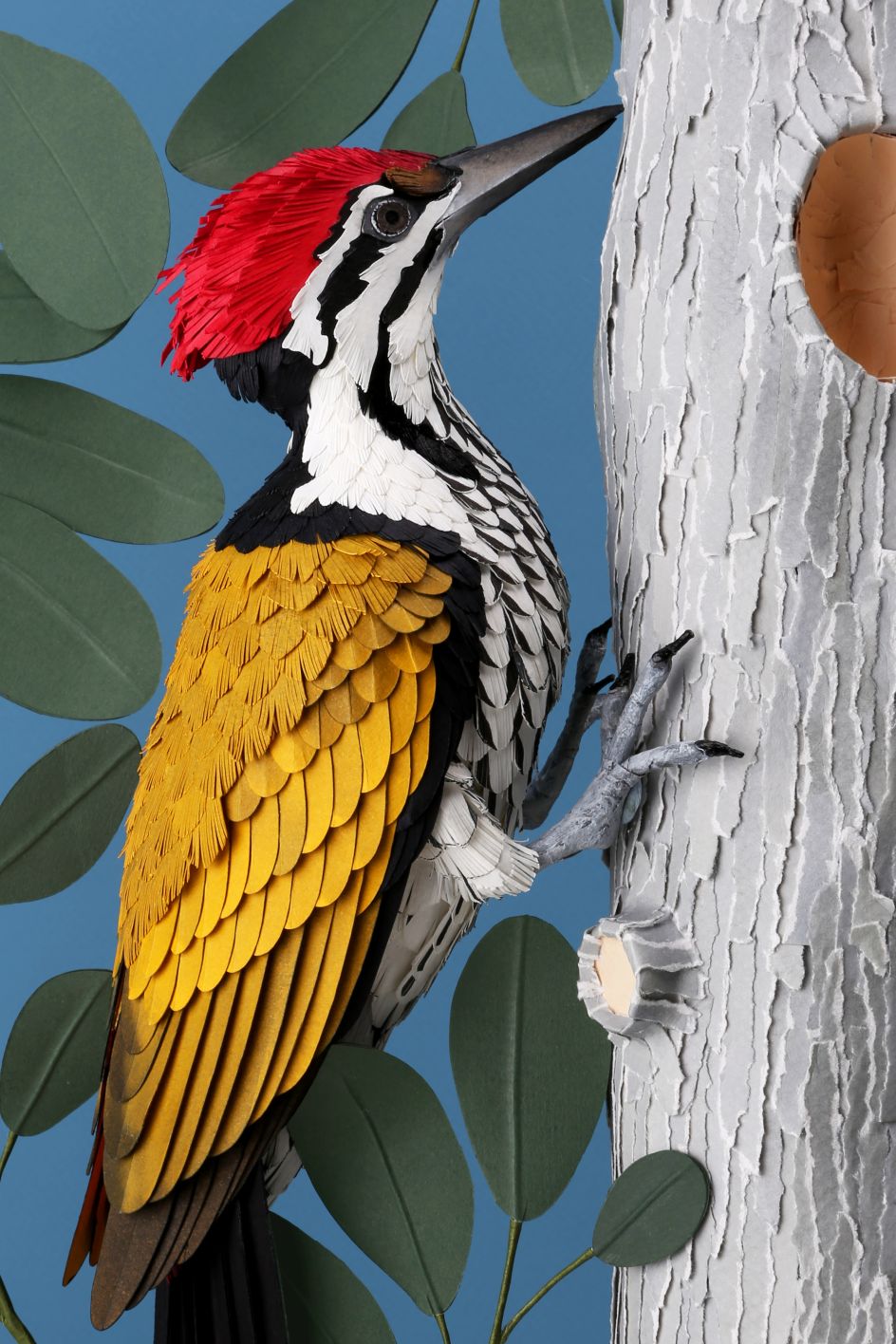
How did this become your chosen medium?
After I graduated with my degree, I couldn't find a job, so I was looking for an opportunity to create while keeping my ideas at a very low cost. I have always valued ordinary and discarded materials and their potential to be transformed into new things. Every material holds value, and it's up to you to use your creativity and imagine how you can find that potential and create something from it again.
Back then, I had a lot of card at home, and I just started using paper to make prototypes and models of things I wanted to make. I got invested in working with paper, solving problems and figuring out how to make things with it, so I stuck with it. While I was studying for my MA in Fine Arts, paper started to acquire more meaning, and I started to do more serious research, working a lot with structures and looking for new techniques and processes that would allow me to approach new subjects.
I love that paper is the first medium we all use to document our ideas and present in every creative process. Parallel to my commercial work, I have my own research, which keeps the surprise and engagement with this beautiful medium.
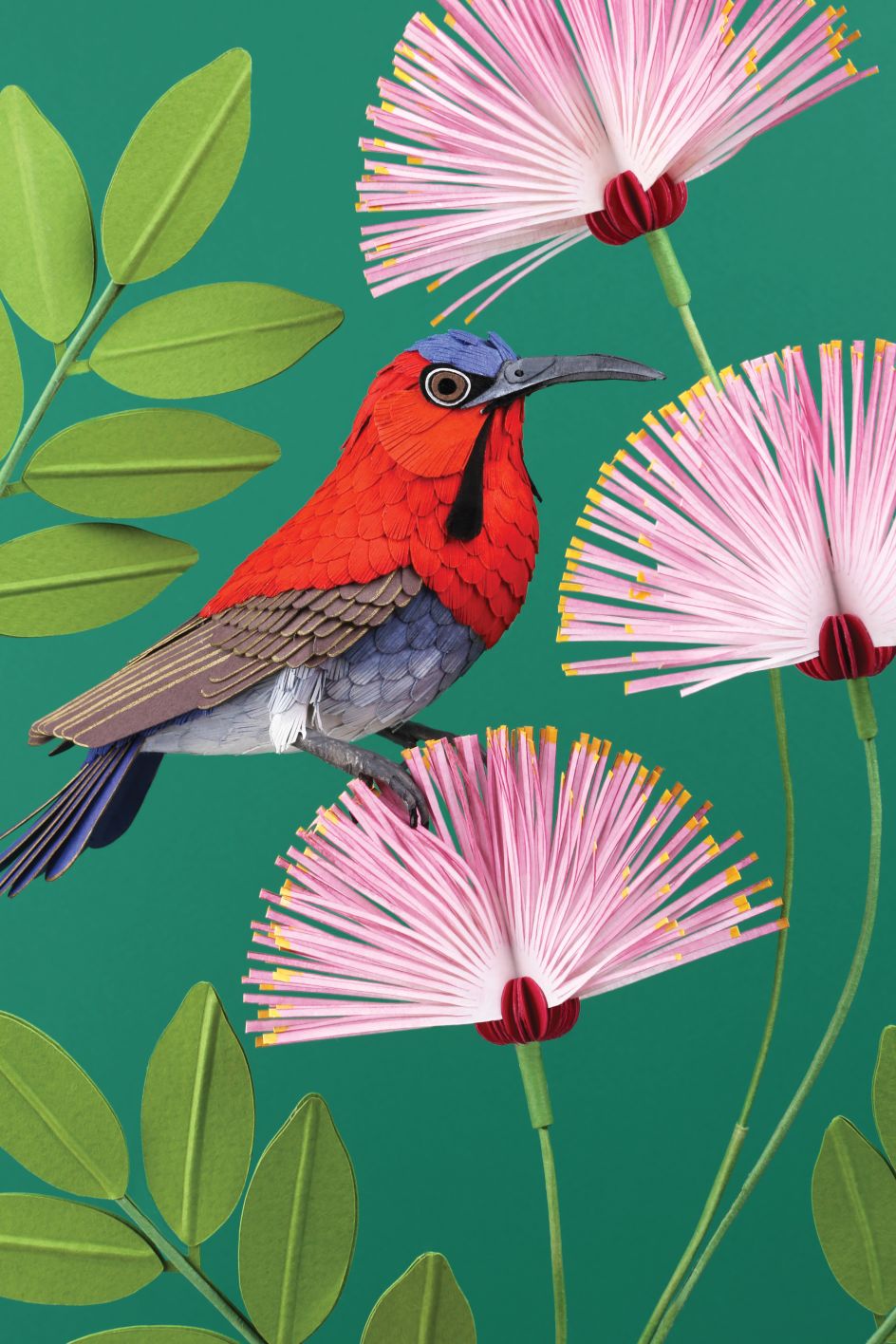
How long does it take to construct each piece?
All pieces are different, so it can take me from a day up to two or three weeks. I like to do small exercises or mock-ups to get started and familiarised myself with a project. Translating 2D images into volumes is not easy because you have to consider proportions from all angles. I do a lot of preparatory work from sketches to digital sketches, measurements, and templates to keep my projects accurate from beginning to end.
My process towards creating a sculpture or an image involves sketches, production in paper and photography, which I have been learning recently to present my work in the best possible way.
What things do you look out for?
I am always looking at structures. I like looking a lot at objects and how things are made. Design is a really good place for me to gather inspiration because it helps me understand volumes and objects. I also like looking at fruits and rendering them in my head, thinking about how I can make a shape or texture. I like illustration books for colours and compositions and botanical art. As I think like a creative, you are looking everywhere. It's like Picasso said, inspiration exists, but it has to find you working. The more I look, the more I understand and learn, which always manifests in my work.
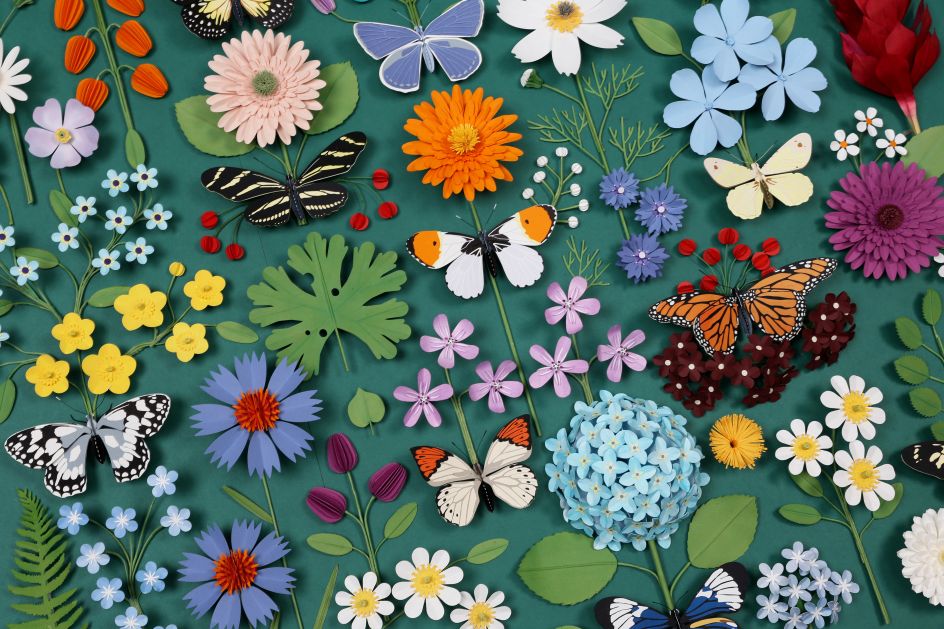
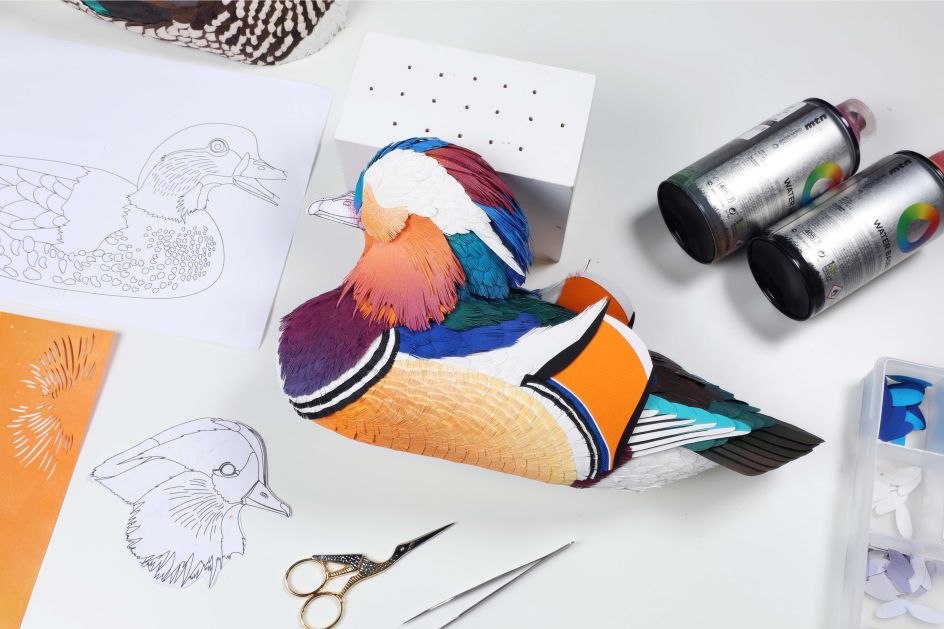
Can you share how you make everything look so beautifully realistic yet delicate at the same time?
I have not always been able to make beautiful things (especially in my early work), but I know that your work can evolve and get better when you work hard and have discipline. I know what information to look for nowadays and have learnt how to create a pattern, gradient or texture, which adds a lot of substance to my objects to make them more believable. I like to challenge the viewer by presenting a sculpture that makes him/her look twice. And this is only because it's made in paper, which is my little trick, like hey, it's paper!
I am just obsessed with the idea of how you make something look real with such a medium. The more I look into something, the more information I can add to my work. I spend most of my time looking at images and creating digital sketches. It has helped me to be more organised with my work and guide my process. I love playing with colour and creating a feeling in my images, a feeling of delicacy and fragility. Since most of my subjects are related to nature, it's really important to translate that beauty as I perceive it into my work.
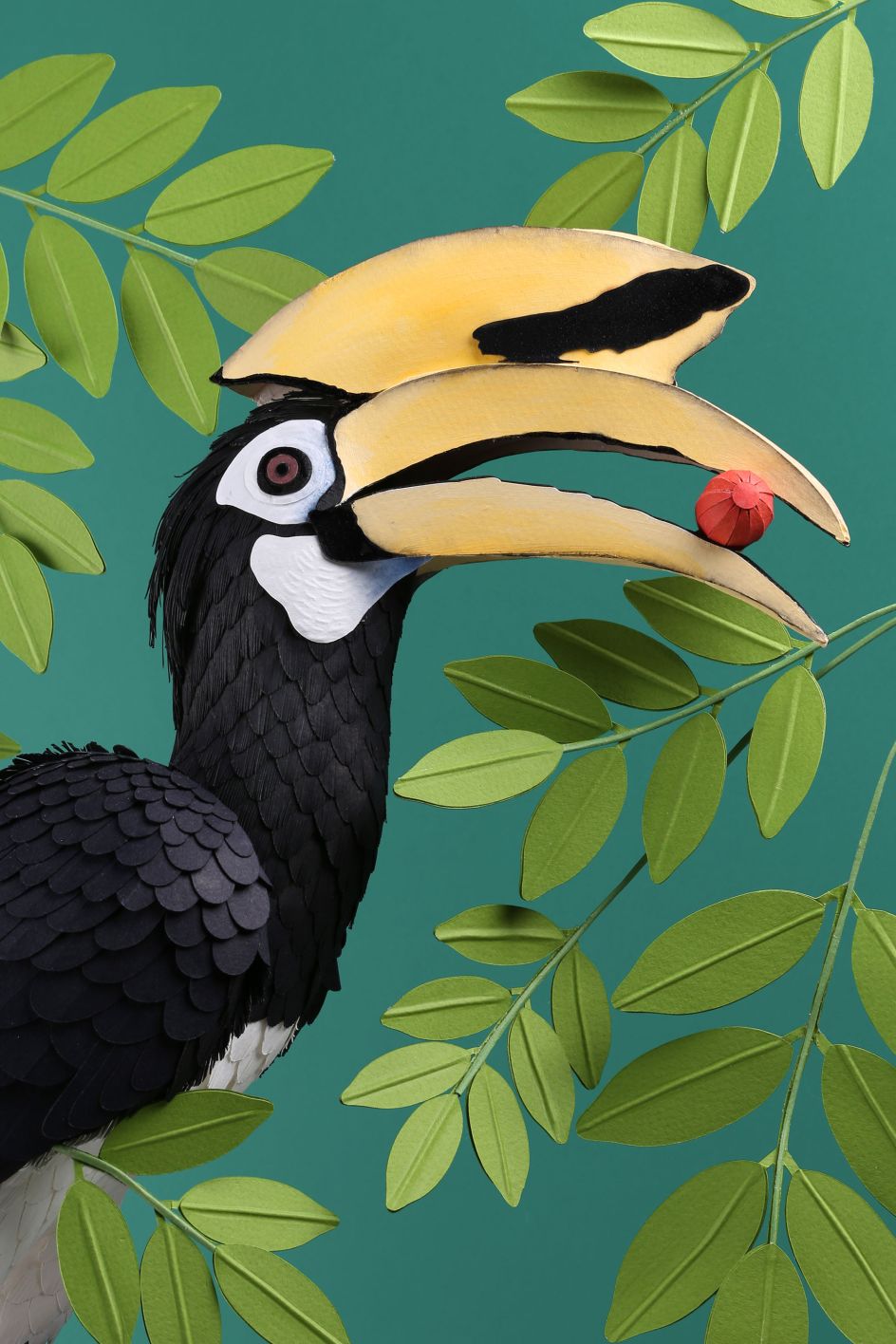
Do you have a favourite recent piece? Can you talk us through why?
I just completed a piece I am sending to Hong Kong. It is a little scene with two Mandarin ducks and a background. I did something similar five years ago but always felt unsatisfied. When I was asked to create a similar version of that work, it was an opportunity to improve all the things that initially didn't work for me back in the day. I created digital sketches and followed them closely, especially trying to recreate gradients with paint (which is new territory for me), and the result looks very close to my sketch, which is great. I enjoyed working on that piece because it's the first one that is a direct translation from digital to sculptural work.
